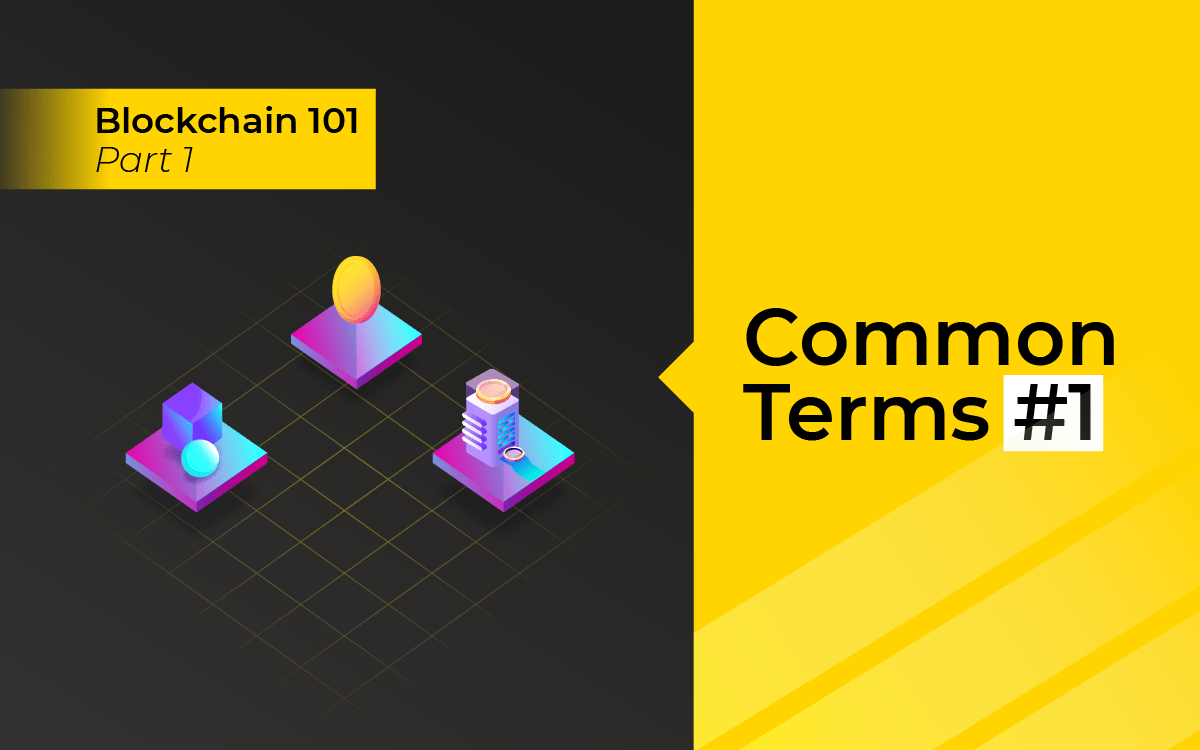The blockchain and crypto world is filled with technical jargon. Sometimes it can be very challenging to keep track of all the different terms and their meaning. This Blockchain 101 series will provide a comprehensive overview of the terminology used in this field.
1. Blockchain
Blockchain is a shared, immutable ledger that facilitates the process of recording transactions and tracking assets in a business network. Such assets can be tangible (a house, car, cash, land) or intangible (intellectual property, patents, copyrights, branding). Virtually anything of value can be tracked and traded on a blockchain network, reducing risk and cutting costs for all involved.
NO ONE can interfere to change the source, destination, time, or value of a transaction stored in the ledger, and EVERYONE can check and verify the transaction as every information is reflected publicly. That is the transparency of blockchain.
2. Coin
A coin is a cryptocurrency that runs on its blockchain or, in another word, native to its blockchain, e.g. Bitcoin (BTC) works on Bitcoin blockchain, Ether (ETH) runs on Ethereum blockchain, Binance Coin (BNB) runs on Binance. Coins are created for the purpose to work as currencies, specifically, units that store and carry values and pay fees in transactions while building out their applications on the same blockchain.
Building out a blockchain requires many human and financial resources (millions of pounds), meaning that not everyone can launch a coin. Coins are mostly distributed through mining and are more difficult to create than tokens.
3. Token
A token is any digital asset created on the blockchain. It is usually issued or minted on another blockchain, often existing alongside several other tokens that belong to different projects. Tokenization is a process where some forms of assets are converted into a token that can be moved, stored, or recorded on a blockchain.
Tokens can be distributed through ICOs, DIPOs, IDOs, IFOs, etc. Anyone can easily create a crypto token by writing a bunch of computer codes (which are called smart contracts) based on an existing blockchain.
Tokens created on a chain comply with the standard of such chain, meaning that a token created on Binance Smart Chain must conform to BEP-20 standard and is called a BEP-20 token. For example, LiveTrade Token (LTD) is a multichain token that is issued on both KardiaChain and Binance Smart Chain, conforming to the KRC-20 and the BEP-20 standard.




